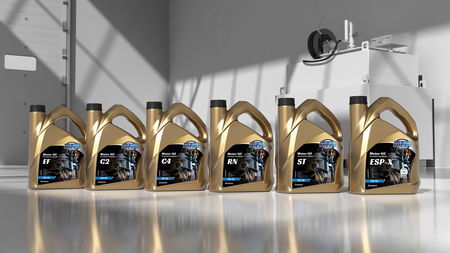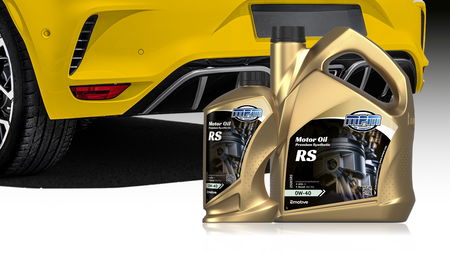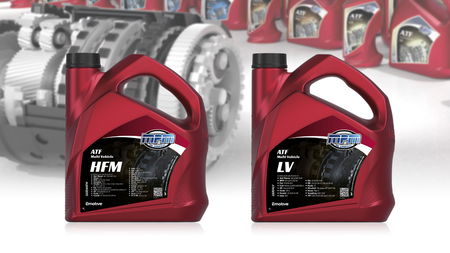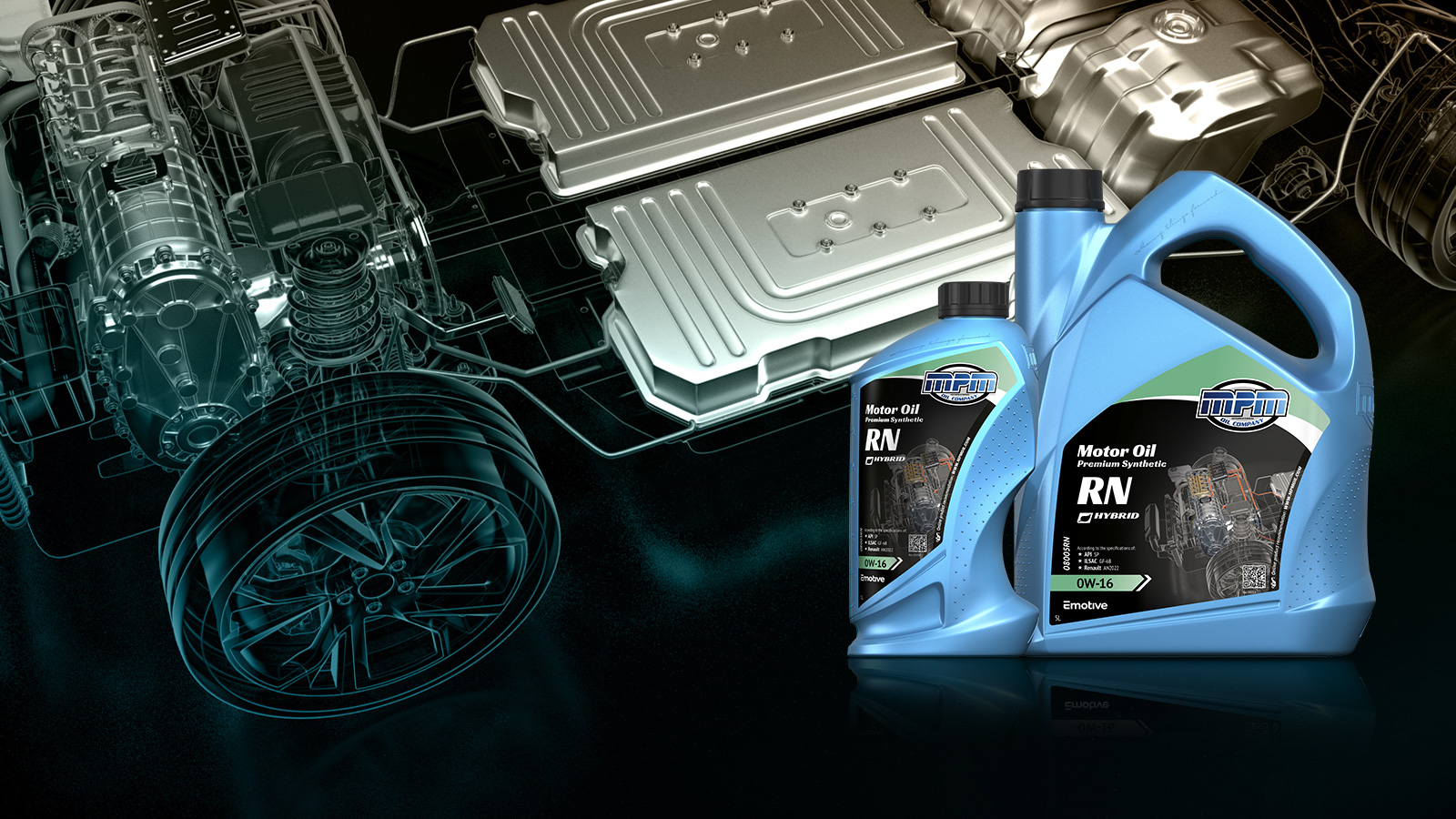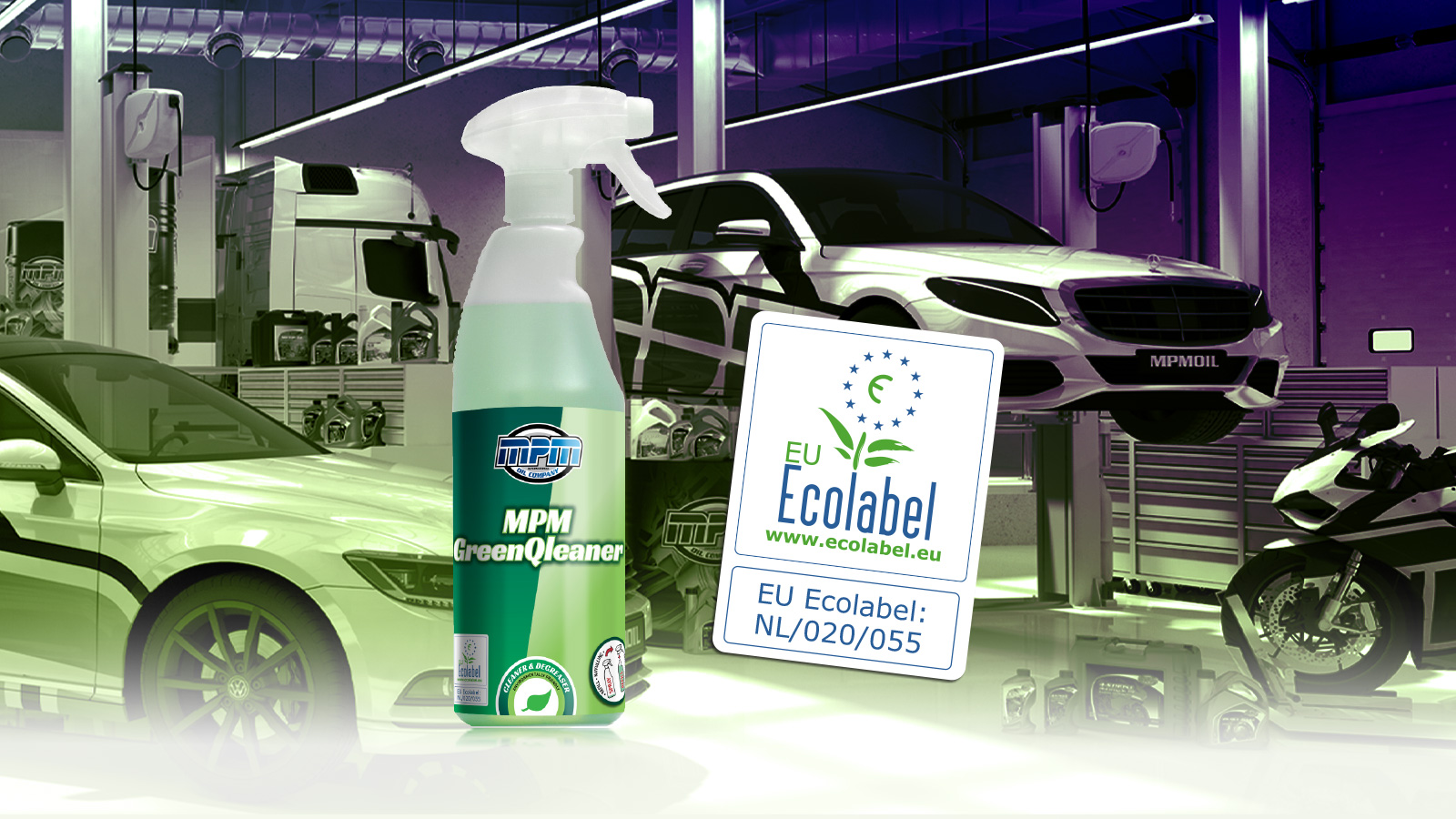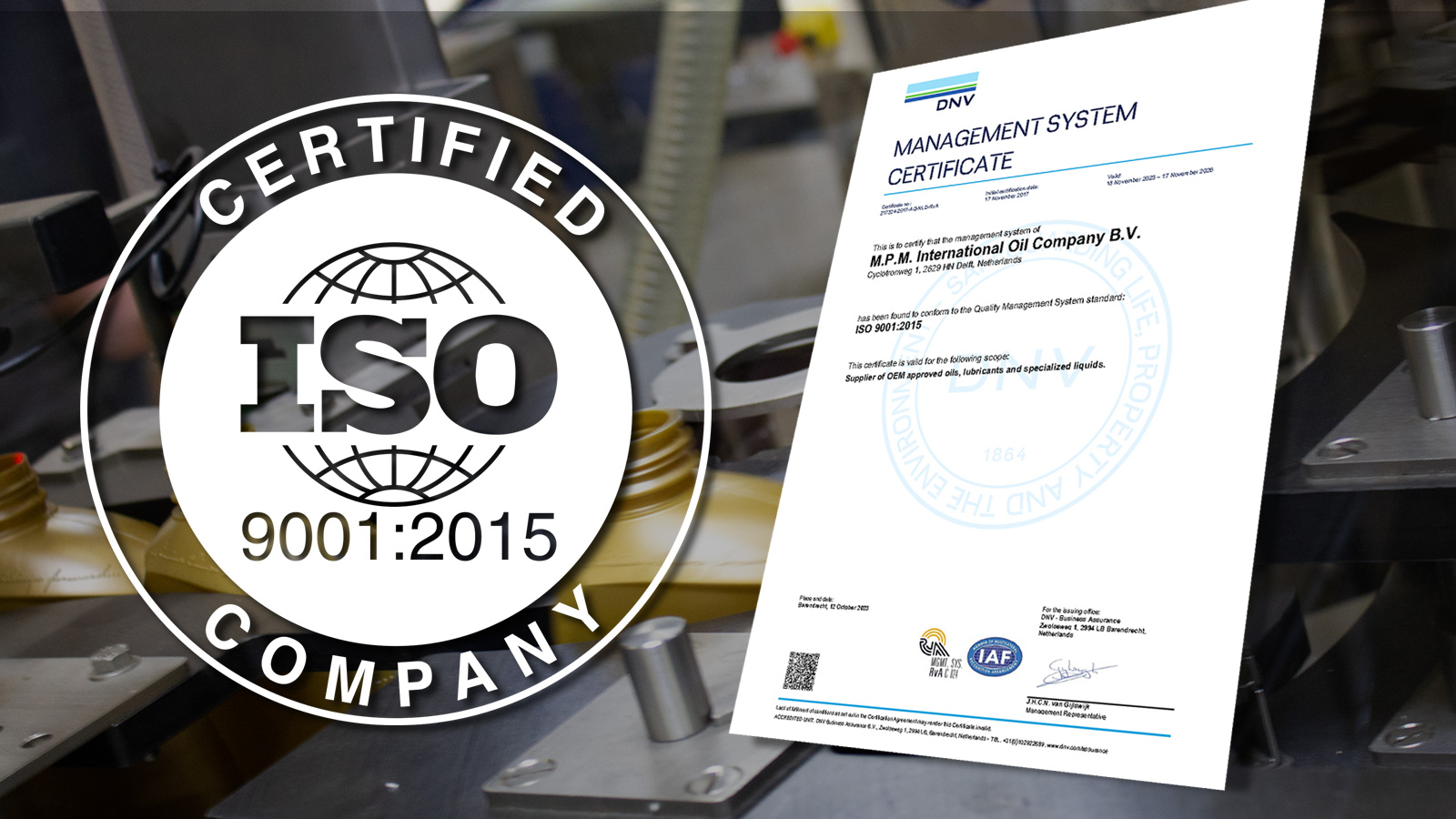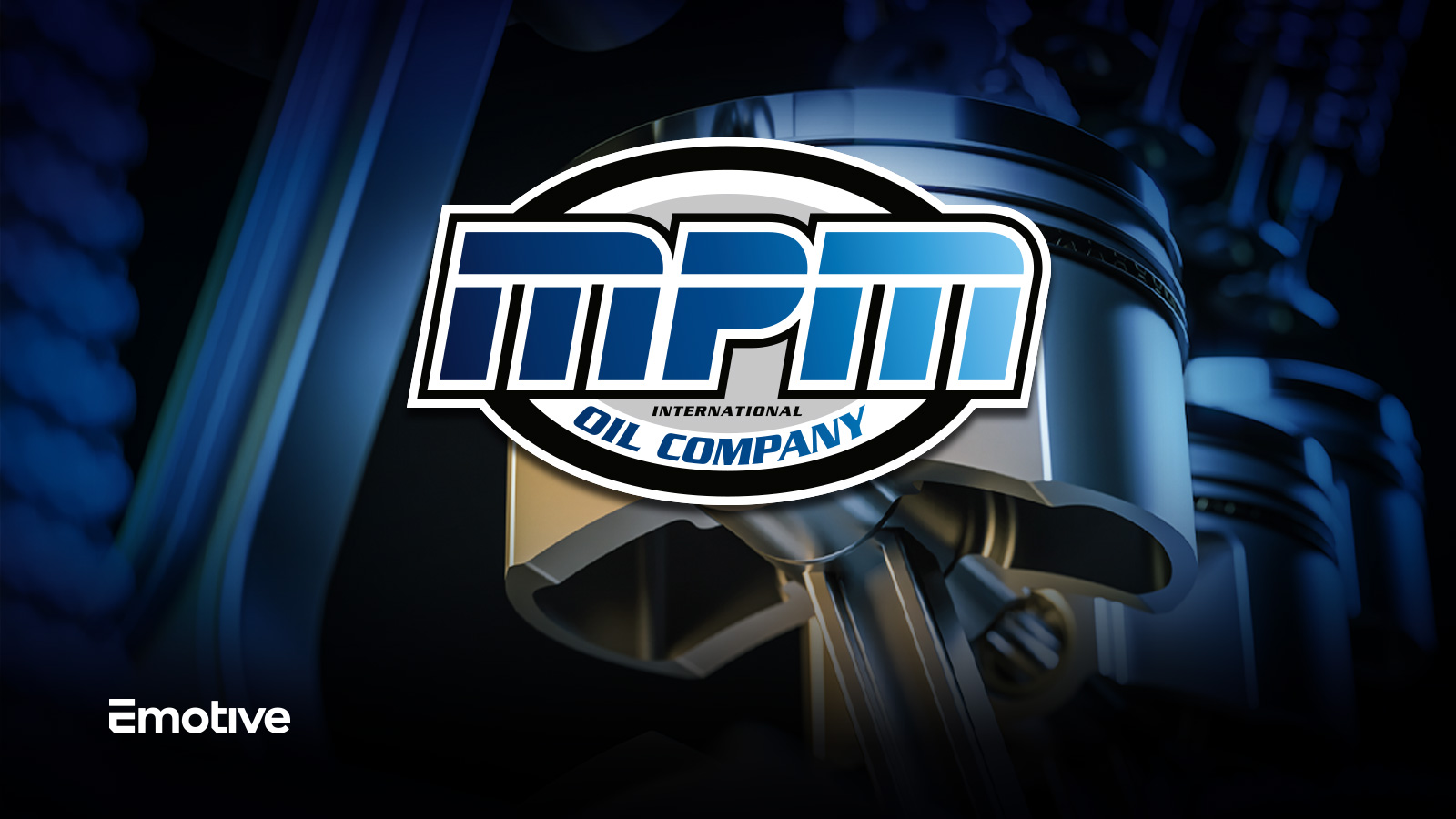Having to pull over because a warning light appears on the dashboard? The oil light may come on at the most inconvenient times. This pesky light can indicate, among other things, that the oil level is too low. But it can also indicate an abnormal oil pressure, a clogged oil filter, a malfunctioning oil pump or even a faulty sensor or wiring.
If the oil level is too low, this is easily solved by topping up to just below the maximum permissible level. Always use the type of oil prescribed by the car manufacturer and top up as much as necessary until the warning light on the dashboard goes off again. Now the question remains: what caused the oil level to drop? This may be due to excessive oil consumption or a leak.
What is excessive oil consumption?
Drivers of modern cars are not always used to having to refill oil anymore. They expect that respecting the normal maintenance intervals will be sufficient to keep the oil at the required level. However, normal oil consumption also occurs in modern cars. This may mean that the volume in an engine between the minimum and maximum levels (1 liter on average) is not sufficient to cover an oil change interval.
But what is normal consumption? The definitions that car manufacturers use for this vary widely. Where one manufacturer speaks of "normal" consumption at 1 liter per 1,500 kilometers, another may use a standard of 1 liter per 5,000 kilometers.
Generally, the user will only refill the oil if there is a reason to do so, which in practice is only when the warning light comes on. If a vehicle consumes more than what the manufacturer considers "normal," it is considered "excessive" and a cause must be found.
Until quite recently, oil consumption in fuel engines was significantly higher than it is today. 40 years ago, the oil had to be changed every 2,000 to 5,000 kilometers and it was necessary and common to refill oil in between as well.
Some modern vehicles have flexible oil change intervals, ranging from 10,000 km to up to 50,000 km. With long intervals like this, it is not uncommon that oil needs to be topped up between prescribed change intervals. It is therefore important to check the oil level periodically and to carry a refill container of the correct engine oil prescribed by the car manufacturer, should you need to refill while on the road.
Note: modern engines of almost all car brands no longer have a dipstick. The readout of the level is only possible via the dashboard.
Regardless of mileage, manufacturers recommend changing the oil every 12 to 24 months, even if the mileage interval has not been reached. Failure to adhere to the oil change intervals with a new car comes with the risk of voiding all or part of the manufacturer's warranty.
How does excessive oil consumption occur?
The simplest cause of oil consumption is leakage from the crankcase, called external leakage. To check this, look at the area where you park the car and inspect it for oil stains. A visual inspection under the car can also show the leak. Internal oil consumption is more difficult to determine. This is because the oil can burn due to various causes, such as: construction defects, the consequences of technical defects, wear and tear on the seals of the piston ring cylinder/valve stems or a malfunctioning turbocharger. There are a great many other causes, but we will limit ourselves to excessive oil consumption under normal conditions due to 'burning'. Burning is the main cause of excessive oil consumption. Due to an improper seal between the piston rings/scraper rings and the cylinder wall, oil enters the combustion chamber, where it is consumed and burned. This causes the blue smoke from the exhaust that we sometimes see. Other common causes of excessive oil consumption are: contamination in the combustion chamber, a seized piston ring, or polishing of the piston wall, which reduces the sealing effect.
Other – more common – causes are use of the wrong oil, oil of the wrong quality or too much oil in the crankcase.
A shortage of engine oil due to excessive oil consumption leads to a lack of lubrication and especially cooling capacity, posing an immediate risk of engine damage. A shortage of oil due to oil consumption can also cause problems with the exhaust aftertreatment system (such as the DPF, Diesel Particulate Filter, or the PPF, Petrol Particulate Filter), which can also result in costly damage.
Temporarily increased oil consumption
In some cases, after an oil change with a different brand of oil, the vehicle may temporarily consume more oil. This can occur even if an oil with the same specifications and official factory approvals is used. This may be caused by an additive package in the oil that acts differently and therefore provides a different cleaning effect. After 3,000 to 5,000 km, this oil consumption will return to normal. (Make sure to refill with the same brand and type of oil afterwards).
How can excessive oil consumption be prevented?
Good and timely mechanical maintenance of the vehicle is essential. In doing so, follow the instructions of the car manufacturer. The oil prescribed by the manufacturer must be changed at the prescribed interval. If necessary, an engine flush or fuel additives can be used to clean the engine internally.
For technical questions:
Please contact MPM Technical Support.
In summary:
- What is considered "normal" oil consumption varies by car manufacturer. This can range from 1 liter per 1,500 km to 1 liter every 5,000 km.
- Excessive oil consumption can also occur in modern engines.
- It is advisable to check oil as a preventative measure.
- Always fill up with engine oil prescribed by the car manufacturer.
- Advise your customer to always take a 1-litre refill container with the right specification for the road.
- Regardless of the miles driven, car manufacturers recommend changing the oil every 12 to 24 months Failure to do so may void the manufacturer's warranty.
Tips for the workshop:
Can I use an oil of a different specification? This is possible if an engine manufacturer has prescribed an oil of which a higher specification exists. In this case, the possibility of temporarily higher oil consumption must be taken into account. This occurs because the higher quality oil cleans more vigorously, removing deposits at piston rings. This should stabilize over time. If in doubt, consult www.mpmoil.com to find the right product for a specific car.
Which engine oil can I use if my customer does annual changes at intervals of up to 15,000 km? Some OEMs allow the use of an engine oil with a different specification when using a shorter interval. If applicable, you can find this distinction on the MPM website. If in doubt, consult the MPM Technical Support Team.
Advise and encourage your customer to purchase a 1-liter refill container of the manufacturer's prescribed oil at the time of service. This reduces the risk of filling up with the wrong oil in between services.


